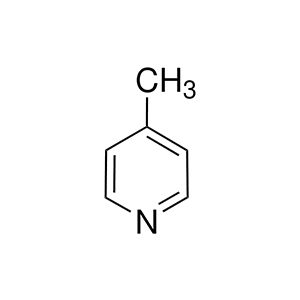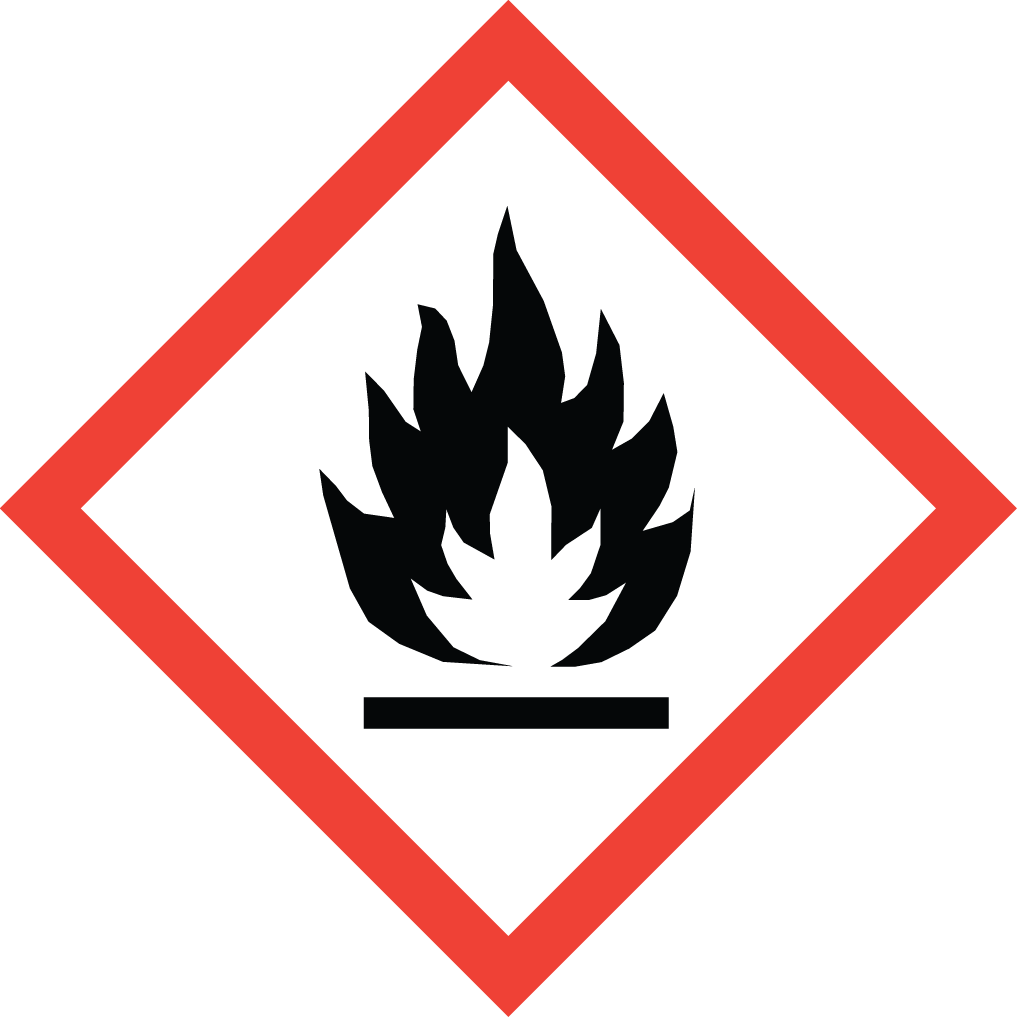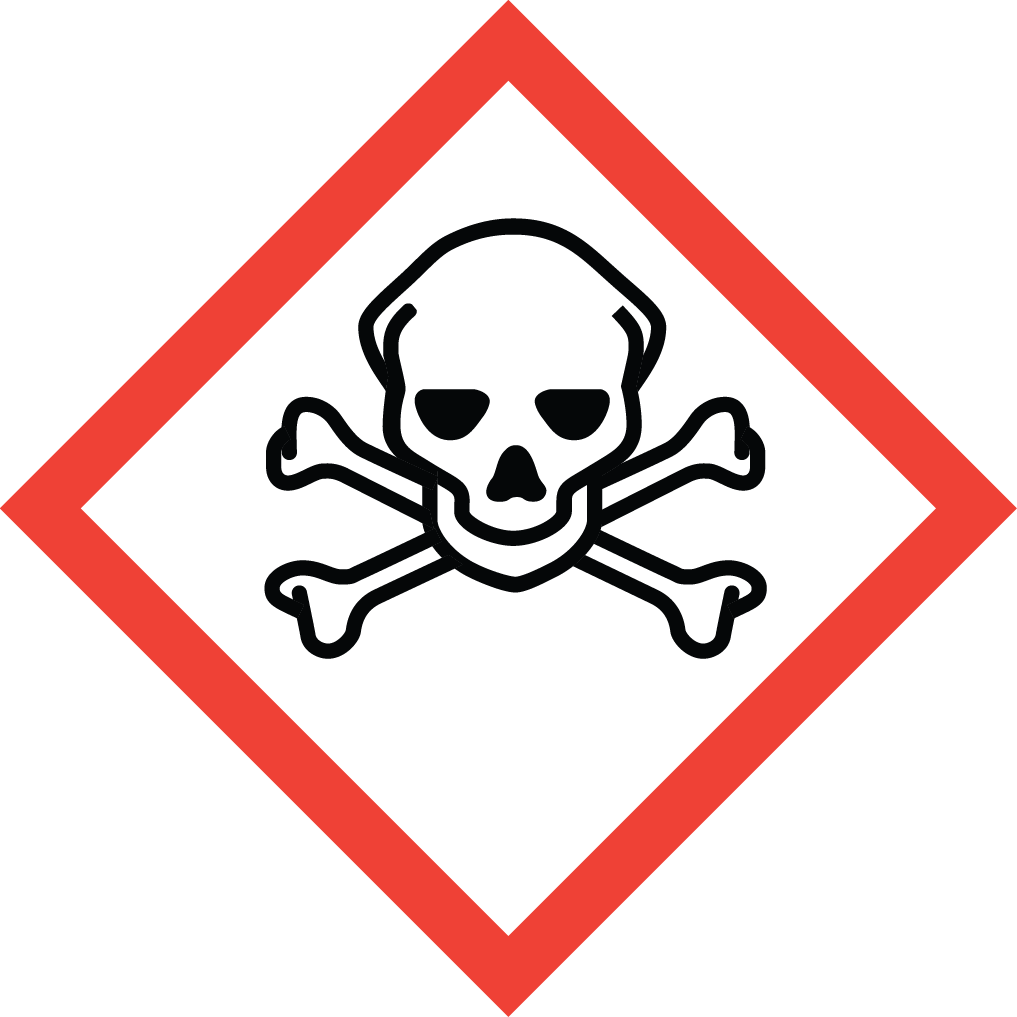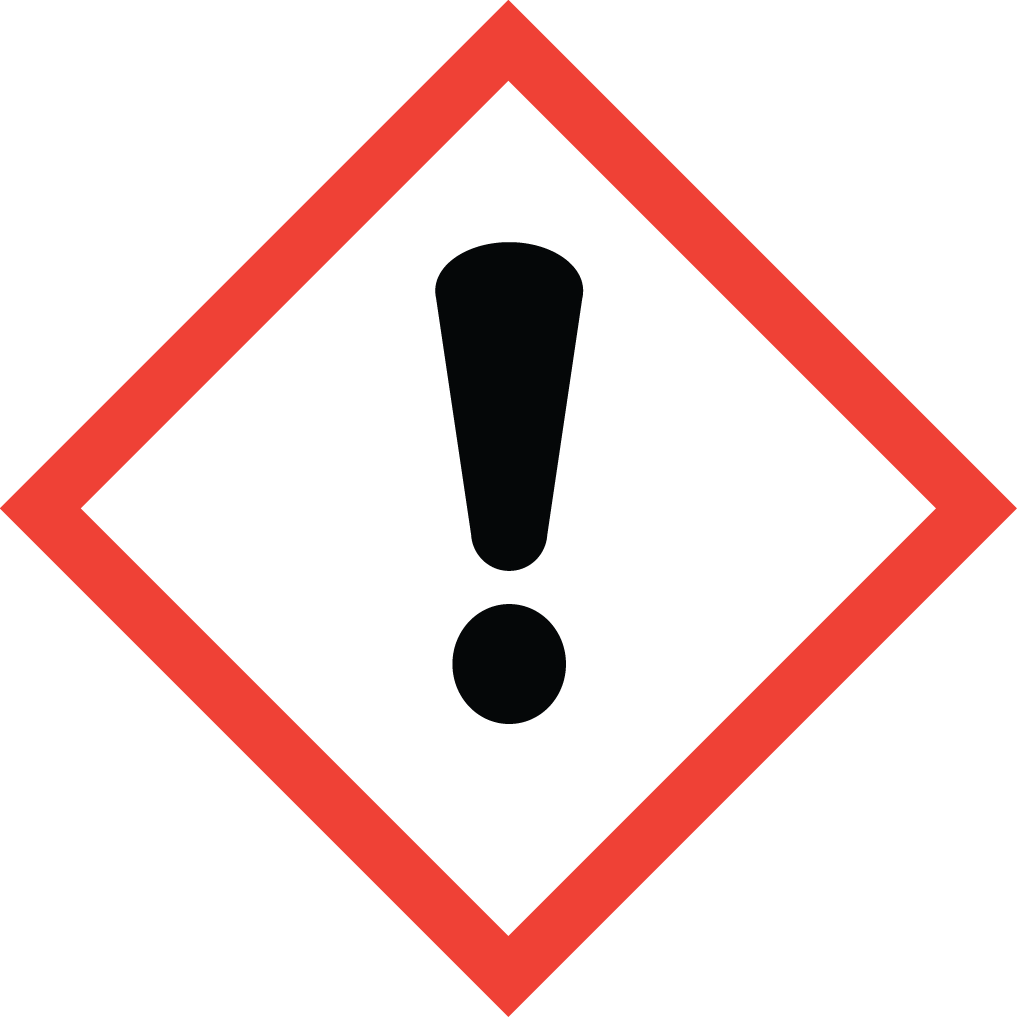Aure Chemical: Your Premier Source for High-Purity 4-Picoline (CAS 108-89-4)
Aure Chemical is a leading global supplier of 4-Picoline, commonly known as γ-Picoline or systematically as 4-Methylpyridine. This vital pyridine derivative is a highly sought-after chemical intermediate, renowned for the unique reactivity imparted by its methyl group positioned para (opposite) to the nitrogen atom on the pyridine ring. Our high-purity 4-Picoline is an indispensable building block, primarily serving as the key precursor for life-saving pharmaceuticals like Isoniazid, and also finding significant applications in the synthesis of diverse agrochemicals and other specialty chemicals.
Basic Information of 4-Picoline
4-Picoline (CAS No. 108-89-4) is meticulously produced and rigorously tested to meet stringent quality standards. We ensure exceptional purity and consistent performance, essential for your most demanding applications:
| CAS No.: | 108-89-4 |
|---|
| EC No.: | 203-626-4 |
|---|
| Linear Formula: | CH₃–C₅H₄N |
|---|
| Molecular Weight: | 93.13 |
|---|
| Appearance: | Transparent Liquid |
|---|
| Odor: | Distinctive, unpleasant odor. |
|---|
| Melting point: | 2.4 °C (lit.) |
|---|
| Boiling point: | 145 °C (lit.) |
|---|
| Density: | 0.957 g/mL at 25 °C (lit.) |
|---|
| Solubility: | Miscible with water, ethanol, ether, and most organic solvents. |
|---|
| Flash point: | 134 °F |
|---|
| Nature: | Flammable liquid and vapor, harmful. |
|---|
| RIDADR: | UN 2313 3/PG 3 |
|---|
| Chemical Structure: |  |
|---|
Our commitment to delivering high-purity 4-Picoline ensures a reliable and efficient component for your complex manufacturing and synthesis processes.
Primary Applications of 4-Picoline (γ-Picoline)
4-Picoline's unique structure and reactivity, particularly the activated methyl group, make it an incredibly valuable and versatile chemical intermediate with applications spanning numerous industries:
Pharmaceutical Synthesis (Isoniazid & Vitamin B6 Precursors):
4-Picoline is a critical precursor in the synthesis of Isoniazid, a frontline drug used for the treatment and prevention of tuberculosis. Its oxidation leads to Isonicotinic acid, a key intermediate for Isoniazid. Furthermore, 4-Picoline derivatives are important for synthesizing Vitamin B6 (Pyridoxine) and its related forms.
Agrochemical Manufacturing:
It serves as a key building block in the synthesis of a variety of agrochemicals, including certain herbicides and fungicides. The pyridine ring structure contributes to the biological activity of these crop protection agents.
Specialty Chemicals and Fine Chemicals:
Due to its reactive methyl group, 4-Picoline can undergo various transformations (e.g., oxidation, halogenation, condensation) to yield a diverse array of fine chemicals, including 4-pyridinecarboxylic acid and its derivatives, used in various organic syntheses.
Polymer Additives:
Some derivatives of 4-Picoline can be used as additives in polymer formulations to impart specific properties.
Solvent and Reagent:
While primarily an intermediate, 4-Picoline can also serve as a specialty solvent or as a reagent in specific organic reactions due to its basicity and ability to participate in various chemical transformations.
Why Choose Aure Chemical for Your 4-Picoline Supply?
Aure Chemical is dedicated to providing superior chemical solutions and unparalleled customer support. By partnering with us for your 4-Picoline requirements, you benefit from:
Exceptional Purity & Consistency: Our 4-Picoline is manufactured to stringent purity specifications, critical for maximizing yields in complex syntheses like Isoniazid production and ensuring consistent quality in all your downstream products.
Reliable Global Supply Chain: We maintain a robust and efficient supply network, guaranteeing timely and secure delivery of this essential chemical to your facilities worldwide, adhering to all strict safety and regulatory standards for hazardous materials.
Expert Technical Support: Our team of experienced chemists and specialists is readily available to offer comprehensive guidance on product application, safe handling procedures, and optimal storage conditions for 4-Picoline.
Commitment to Quality & Safety: We adhere to the highest industry standards for quality management, safety, and environmental responsibility across all our operations, ensuring peace of mind for our clients handling this versatile material.
Choose Aure Chemical for a trustworthy and dependable supply of high-quality 4-Picoline. We are ready to support your most demanding and innovative chemical manufacturing processes.
Hazards Classification
GHS Classification: Flammable Liquid (GHS02), Acute Toxicity, Oral (GHS06), Acute Toxicity, Dermal (GHS06), Acute Toxicity, Inhalation (GHS06), Skin Irritation (GHS07), Eye Irritation (GHS07)
Hazard Statements: Flammable liquid and vapor; harmful if swallowed, in contact with skin, or inhaled; causes skin irritation; causes serious eye irritation.
UN Number: UN 2313
Hazard Class: 3 (Flammable Liquids)
Packing Group: III
 GHS02: Flammable
GHS02: Flammable GHS06: Acute toxicity
GHS06: Acute toxicity GHS07: Skin and eye irritation
GHS07: Skin and eye irritation
